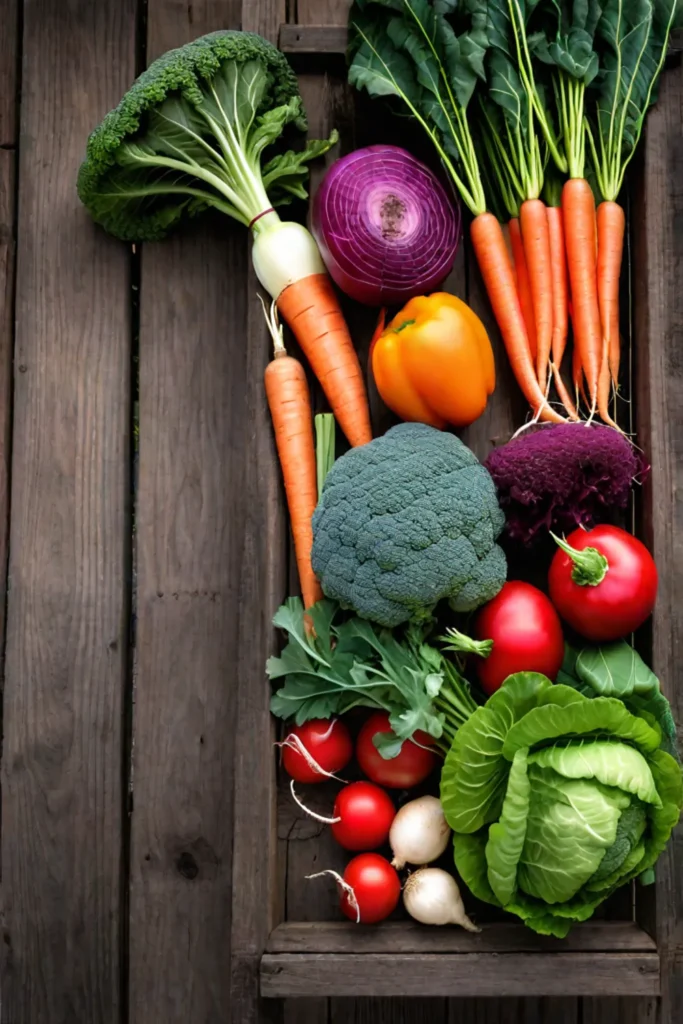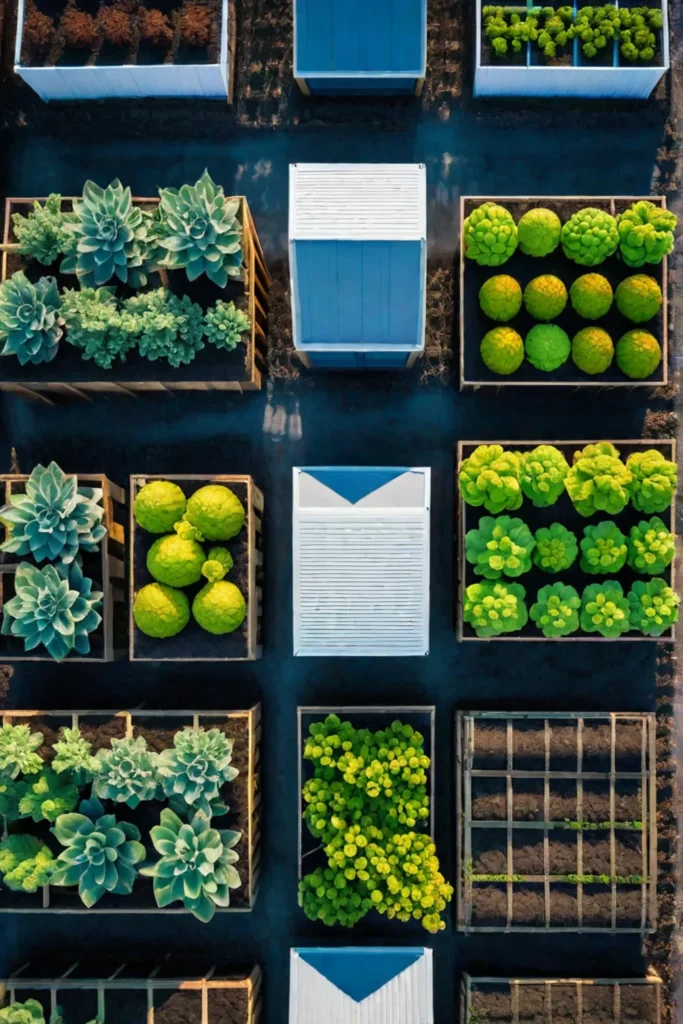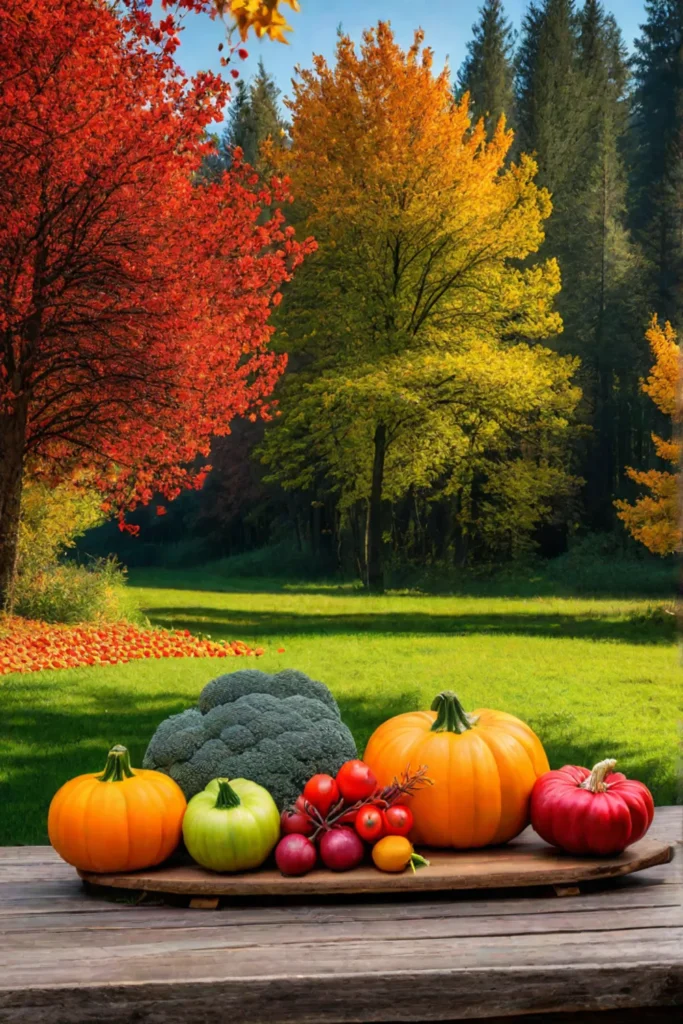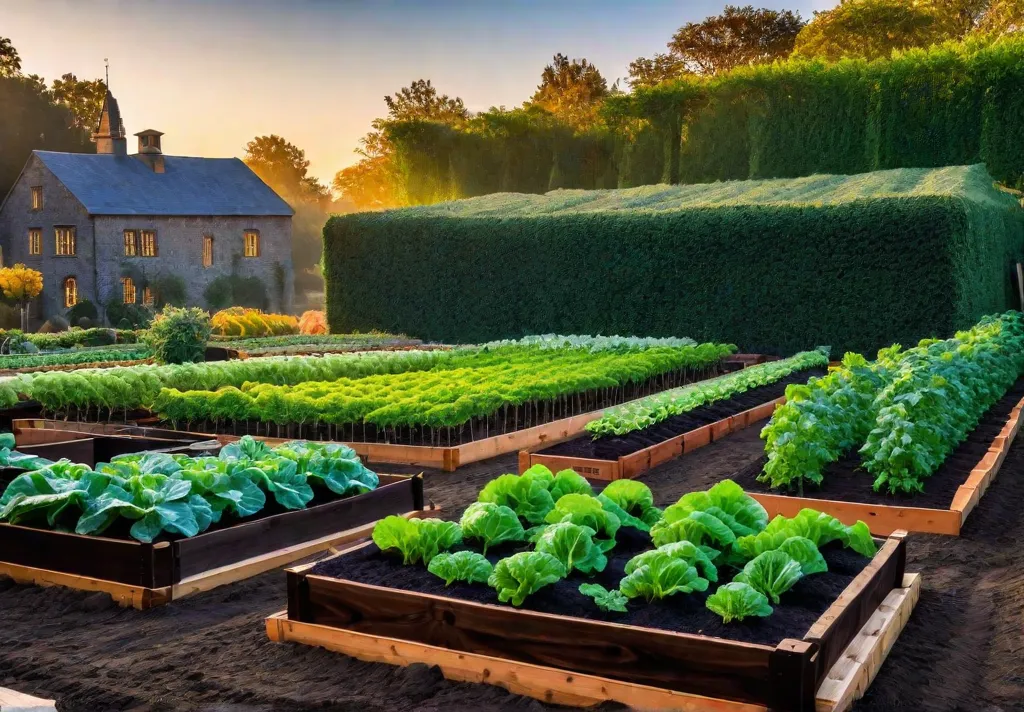As the air turns crisp and the leaves change, many gardeners mistakenly think their growing season is over. But that couldn’t be further from the truth! With the right cold-hardy vegetables and a few simple season extension techniques, you can keep your garden thriving well into the fall.
Imagine strolling through your backyard in October, basket in hand, harvesting fresh kale, carrots, and Brussels sprouts. It sounds pretty appealing, doesn’t it? Extending your garden’s lifespan will not only provide you with a steady supply of nutritious, homegrown produce, but it can also save you money on grocery bills.

This comprehensive guide explores the best cold-hardy vegetables for fall gardening, shares clever ways to protect your plants from frosty temperatures, and walks you through proper harvesting and storage methods. By the time you’re done reading, you’ll be armed with the know-how to reap a bountiful autumn harvest—no matter where you live.
Savor the Flavors of Fall: Cold-Hardy Veggies for Your Garden
As the weather cools, many vegetables thrive. Some even develop sweeter, more robust flavors after the first frost. The key is selecting the right cold-hardy crops that can withstand the changing seasons.
Leafy greens like kale, spinach, arugula, and Swiss chard are all excellent choices for fall gardening. They grow well in cooler temps, and their leaves can become even more flavorful as the mercury drops. Plus, you can keep harvesting the outer leaves, allowing the inner ones to grow for a steady supply.
Root veggies like carrots, beets, radishes, and turnips are prime autumn picks. These hearty plants can remain in the ground throughout the fall, making them super convenient to harvest as needed. Just give them enough room to spread out and develop properly.

Let’s not forget about brassicas—the fancy name for vegetables like broccoli, cauliflower, Brussels sprouts, and cabbage. These nutritional powerhouses thrive in cool weather and can tolerate light frost. Try staggering your plantings for a continuous harvest.
Protect Your Patch: Season Extension Techniques for Fall Gardening
Of course, the key to a successful fall garden is protecting your plants from the elements. Luckily, you can use several simple season extension methods to keep your veggies growing strong.
Row covers and low tunnels are easy and affordable options. These lightweight fabrics or plastic sheeting create a barrier that traps heat, shielding your plants from frost and harsh winds. Plus, they’re easy to set up and take down as needed.
For even more protection, consider building a cold frame – a small, unheated structure made of glass or plastic that sits right over your plants. Cold frames can extend your growing season by 4-6 weeks on either end, making them a game-changer for fall gardeners.
You could invest in a small cold greenhouse if you want to go all-out. These enclosed, temperature-controlled spaces allow you to grow vegetables year-round, no matter how low the mercury dips outside. Just be mindful of the added maintenance and energy costs.

Whatever season extension techniques you choose, the key is combining multiple methods for maximum protection. Pair row covers with a thick layer of organic mulch around your plants, or use a cold frame with a low tunnel. The more you can insulate and trap that precious heat, the better your veggies will fare.
Preserve the Bounty: Harvesting and Storing Fall Produce
Once your fall garden is thriving, the next step is ensuring your hard-earned veggies stay fresh and delicious. Proper harvesting and storage techniques are crucial for maximizing shelf life and nutrient content.
When it comes to leafy greens, the ideal harvest time is when the leaves are fully grown but still tender. Snip the outer leaves with a sharp knife or scissors, leaving a few inches of stem attached. This allows the inner leaves to keep growing for a continuous supply.
Please wait for brassicas like broccoli and cauliflower until the heads are fully developed before cutting them off the plant. Leave a short stem attached to prevent the florets from drying out. For Brussels sprouts, pick them when the outer leaves are bright green and the sprouts are firm.
Root veggies like carrots and beets should be harvested when fully grown but still tender. Gently twist and pull them from the soil, careful not to damage the roots.

As for storage, different fall crops have different needs. Leafy greens and brassicas do best in the fridge, stored in a plastic bag with a paper towel to absorb excess moisture. Root veggies and winter squash fare better in a cool, dark place like a root cellar or basement.
And if you want to enjoy your fall bounty long after the growing season ends, consider freezing, canning, or dehydrating your surplus. Blanching your veggies before freezing helps preserve their flavor and nutrients. Canning works great for root crops, while dehydrating is perfect for leafy greens and brassicas.
Reap the Rewards of an Extended Harvest
Don’t let your green thumb go dormant as the days grow shorter and the air turns crisp. You can keep your garden thriving well into the fall by leveraging cold-hardy vegetable varieties, implementing smart season extension techniques, and mastering the art of harvesting and storage.

Not only will you enjoy a steady supply of fresh, nutritious produce, but you’ll also save money on your grocery bills. Plus, there’s nothing quite like the satisfaction of serving up a meal from your backyard bounty.
So what are you waiting for? Get out there and start planning your fall garden today. With a little know-how and elbow grease, you’ll be reaping the rewards of an extended harvest in no time.






